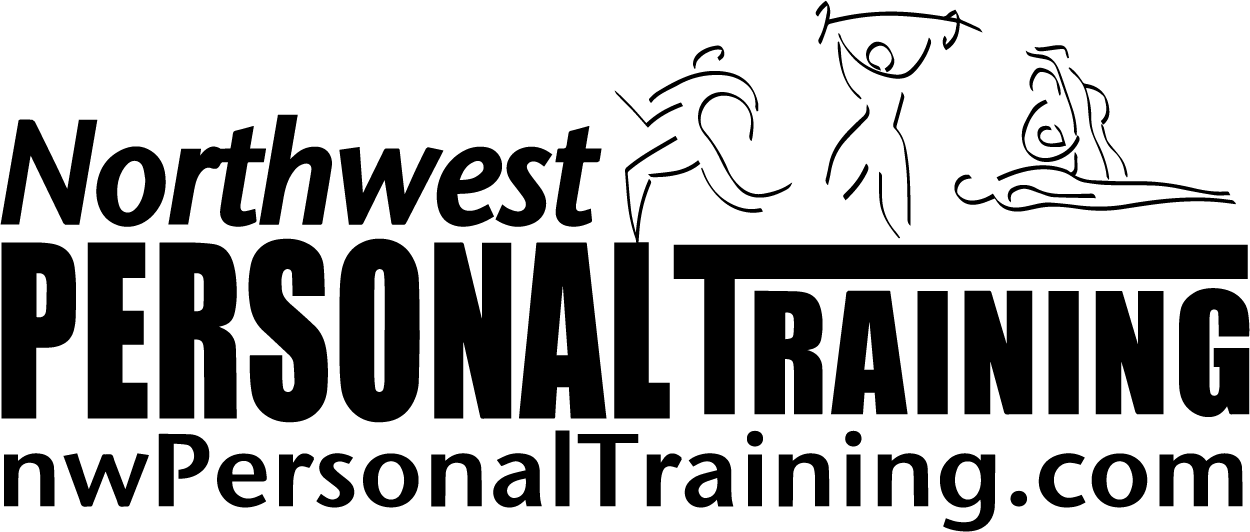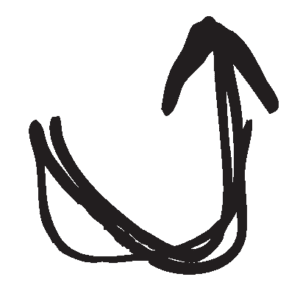Last week I provided you with some of the latest & greatest fitness tips from the fitness industry’s top experts. Here are just a couple more and I hope you will take away at least one piece of information that you can use in your everyday quest for optimal health and fitness!
 Michol Dalcourt on the Anatomy of the Foot and Ankle:
Michol Dalcourt on the Anatomy of the Foot and Ankle:
- ¼ of the bones in the body are in the foot and ankle! There are 33 joints in each ankle/food! It is one of the most important, complex yet poorly understood joint/body structure in the body.
- If the ankle or foot are not functioning correctly, you most likely will experience dysfunction and/or pain up the body chain – knee, hip, back etc.
- The foot /ankle is such a beautifully designed structure. It is stable when it needs to be and mobile when that is required. Beautiful for power production and force absorption.
- High heels are the torture chamber for the foot and negatively affect foot mechanics and gait and can result in bunions, foot issues, Achilles strains and calve tightness. Use high heels and stiff shoes sparingly. Shoes that can twist and rotate are ideal with a large forefoot chamber to allow the foot to expand and move freely.
- A mid-foot strike for running is ideal but ease into this and minimalist shoes slowly or risk experiencing issues with connective tissue that is not prepared for this change.
- Maintain length in the spine during all movements. Initiate movement from the hips and involve the foot. Reach with the scapula.
- Drills that encourage you to get off the ground are extremely helpful.
Dr. Maria Lupke on Exercise During Menopause:
- Every woman will respond to this stage of complex hormonal instability differently so you have to really listen to your body and almost be a guinea pig to see what works and what doesn’t. It’s important to journal during this time to see which behaviors (food, drinks, nutrition habits, sleep, type of exercise, timing of exercise etc) help ease symptoms and which increase symptoms for you.
- Research has shown that Moderate Exercise (60-70% Max HR) may be beneficial to women during menopause at increasing quality of life and reducing some symptoms (hot flashes, insomnia, abdominal fat, weight gain etc). So during this phase, more is not always better. It has to do with the lowered estrogen levels and how that affects cortisol and fat deposition patterns. If High Intensity Exercises works for you, keep at it. But if you’ve been working out harder and harder and not seeing results and suffering from menopausal symptoms, see if reducing your intensity helps out at all.
- Endurance exercise promotes better sleep. Strength training increases body image, strength and manages weight. Yoga helps reduce hot flashes and overall quality of life. Walking helps reduce anxiety and depression (3-3.5mph)
- Menopause is not a disease, it’s just a stage of life…just like puberty. All women will go through it at some point…some will have no symptoms, others will have some and others will have all. Our goal should be to increase the quality of life during this stage and embrace the experience. Hopefully you will experience menopause – the alternative is not so good!
So there you have it! Just a few of the interesting pieces of information I picked up from our industry’s top professionals. Hope they help with your health and fitness goals!
Yours in Health & Fitness,
Sherri McMillan
Like us on Facebook and get FREE instant access to my “Achieving your Personal Best” eVideo – Learn the critical steps to help you lose weight, feel great and live your best life.
Don’t forget to sign up to receive my blog posts in your inbox!
Just enter your name and email in the form up here.




